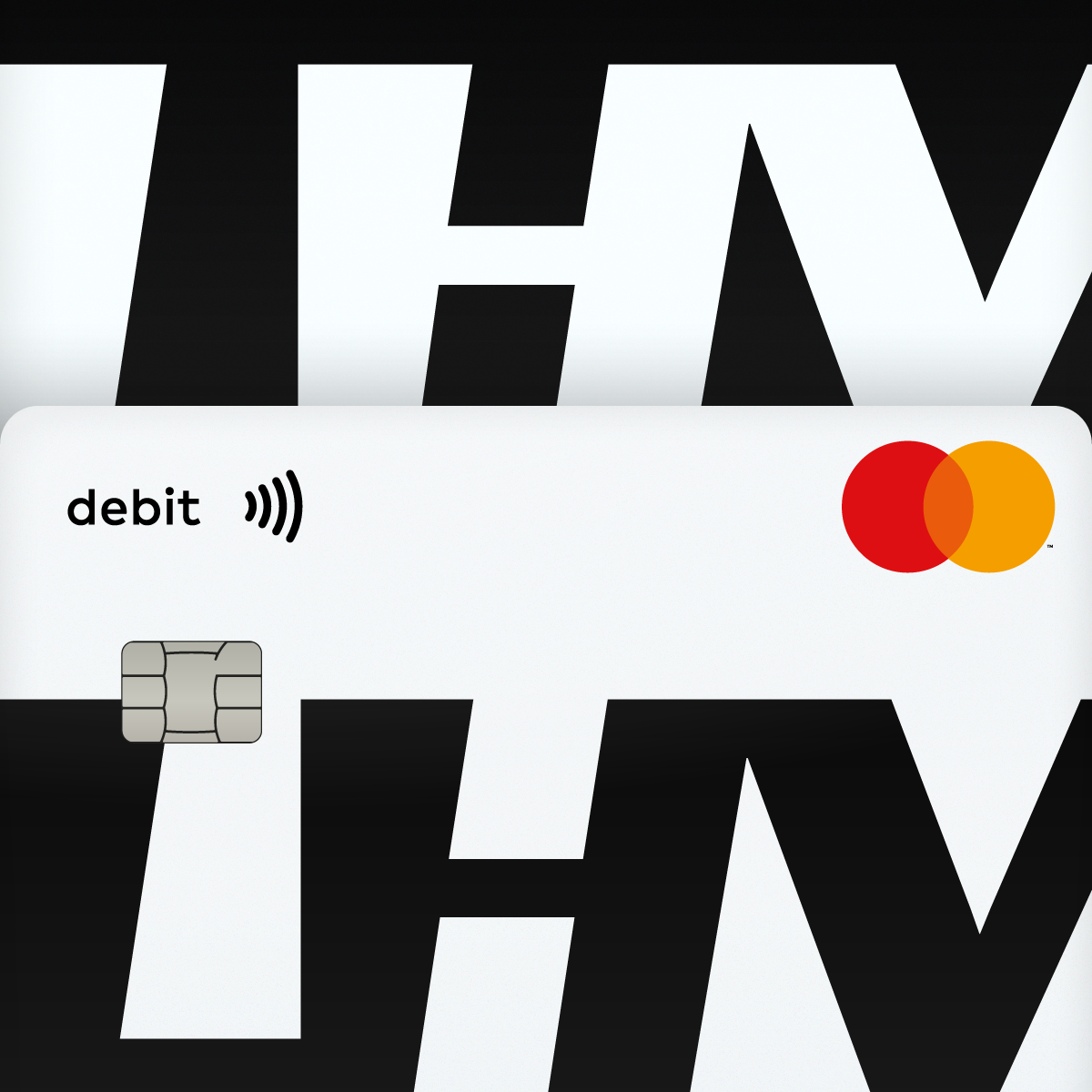
Applying for leasing is easy in itself. But it is not a subject that people face on a daily basis. Erki Link, the Head of Leasing Department at LHV, explains what you should know when you decide to buy a car through leasing.
1. Set your budget
The first step in applying for a car lease is to realistically assess your financial viability: to do this, you need to set the amount that would be reasonable and possible to spend on car leasing every month. To help you estimate the maximum loan amount and monthly lease payments you can use the lease calculator. When calculating the appropriate monthly repayment, it is important to bear in mind that larger repayments will reduce the principal faster. Consequently, the total interest cost of the credit will be lower than with smaller monthly repayments.
Remember that in addition to leasing fees, a car also comes with other costs: fuel, motor own damage insurance and motor third party liability insurance, maintenance and repair, as well as taxes. When planning your costs, also bear in mind that the initial lease payment is usually at least 10%, but can be higher: it depends on the specific vehicle and the profile of the applicant.
2. Choose a suitable vehicle and fill in the leasing application
Once you have got your budget in place, it is time to choose the right vehicle. You can choose a new or used car, depending on your needs and budget. It is important that the vehicle meets the conditions of the leasing company – there are usually limits on the age and price of the car.
Before completing the application, you should also think about the form of leasing agreement that suits you best: operating or finance lease.
One detail to keep in mind when choosing the appropriate form of lease is to find out whether value added tax is applicable to the cost of the vehicle. If not, you should make your calculations and apply for a finance lease, as an operating lease cannot be formalised in this case. Value added tax does not apply to vehicles sold by private individuals, but vehicles sold by businesses may not be subject to the tax either. If you find out from the seller that value added tax is applied to the sale price of the car, you may also want to consider an operating lease. In this case, the client must also propose a suitable person with buyout obligation to the bank. These are usually professional car dealers.
A finance lease is similar to hire-purchase: the lessee pays back part of the cost of the vehicle, plus interest, each month and becomes the owner of the car at the end of the agreement. Alternatively, in the case of operating lease, monthly payments can be made lower through leaving the residual value. However, it should be borne in mind that ownership of the car does not automatically pass to the lessee at the end of the agreement. In principle, at the end of the agreement, there are three options: return the car to the lessor, buy the car out of the lease or reach an agreement with the lessor to extend the leasing agreement. The practice in Estonia is that, in the case of an operating lease, it is generally possible to buy the vehicle at its residual value. At the same time, this is not necessarily a contractual right for the lessee or an obligation for the lessor, but rather a decision on the part of the lessor. A finance lease provides clearer certainty on the transfer of ownership, and also in the case of a finance lease, the burden of the monthly payment can be reduced by applying a residual value (bullet payment). The difference with an operating lease is that, in the case of a finance lease, the client is in any case obliged to pay the residual value, including the last payment.
Unlike a loan, leasing is a credit product subject to value added tax. It is important to note that value added tax is accounted for differently in the case of finance leases and operating leases. In the first case, value added tax is accounted for once at the time of the transaction, as it is essentially a sale-purchase transaction, and in the second case, value added tax is accounted for monthly, as it is essentially a purchase of the use of the car from the bank. In the light of the value added tax increase, it is prudent to make a purchase financed in the form of a finance lease before the additional tax increase takes effect. In the case of operating lease, there is no escape from the impact of the increase in value added tax: payments that must be made until June 2025 will be taxed at a 22% rate, and payments from July next year will already be taxed at a new rate of 24%.
Once you have found a suitable vehicle and chosen the form of lease, you can apply for leasing. For example, at LHV, this can be done conveniently in the mobile app or through the website. Filling in the application is easy: you just need to enter your personal details, the details of the vehicle you want to lease, the amount and period you want to lease, and the amount of contribution. In the application flow, you can conveniently consent to the automatic transfer of your account statements from other banks without having to download and email them separately. In any case, account statements must be provided, as without them you will not get a positive loan decision.
When you buy a car through leasing, in addition to motor third party liability insurance, you must also take out motor own damage insurance. An insurance offer will be drawn up for you with your leasing offer: motor own damage insurance and motor third party liability insurance can be taken out with the leasing company, but you can also choose to take out insurance cover with other insurance providers.
3. Confirm the leasing offer and communicate with the seller
If the offer is suitable, your leasing manager will give you instructions on how to proceed so you can get your new vehicle quickly and worry-free. In a nutshell, the process is the following: first, you have to sign a leasing agreement and pay the first instalment, then the lessor will conclude the necessary agreements with the seller of the car, and you will be able to agree the delivery with the seller. If you decide to buy a car from a seller who is not a partner of the bank, remember that you will also need to submit a vehicle valuation report from the leasing partner before signing the agreement.
It is also reasonable to negotiate with the seller the procedure for re-registering the vehicle and bearing the costs before making a decision on the purchase. Professional car dealers usually do these things for the client themselves. If you buy a car from a seller who does not sell a car on a daily basis, then this operation and costs will generally be borne by you. You should also note that if you insure your vehicle through a lessor, the insurance cover will start once the vehicle is registered in the name of the lessor.
 Payment limits and vigilance: make your online purchases more secure20. november 2024Financial wisdom
Payment limits and vigilance: make your online purchases more secure20. november 2024Financial wisdom Vahur Vallistu: ‘A good way to increase your savings rate is by increasing your contributions to the II pension pillar!’19. november 2024Financial wisdom/Pension
Vahur Vallistu: ‘A good way to increase your savings rate is by increasing your contributions to the II pension pillar!’19. november 2024Financial wisdom/Pension Use the LHV Youth Card to save, collect, and grow your money13. november 2024Financial wisdom/Banking/Youth Bank
Use the LHV Youth Card to save, collect, and grow your money13. november 2024Financial wisdom/Banking/Youth Bank
